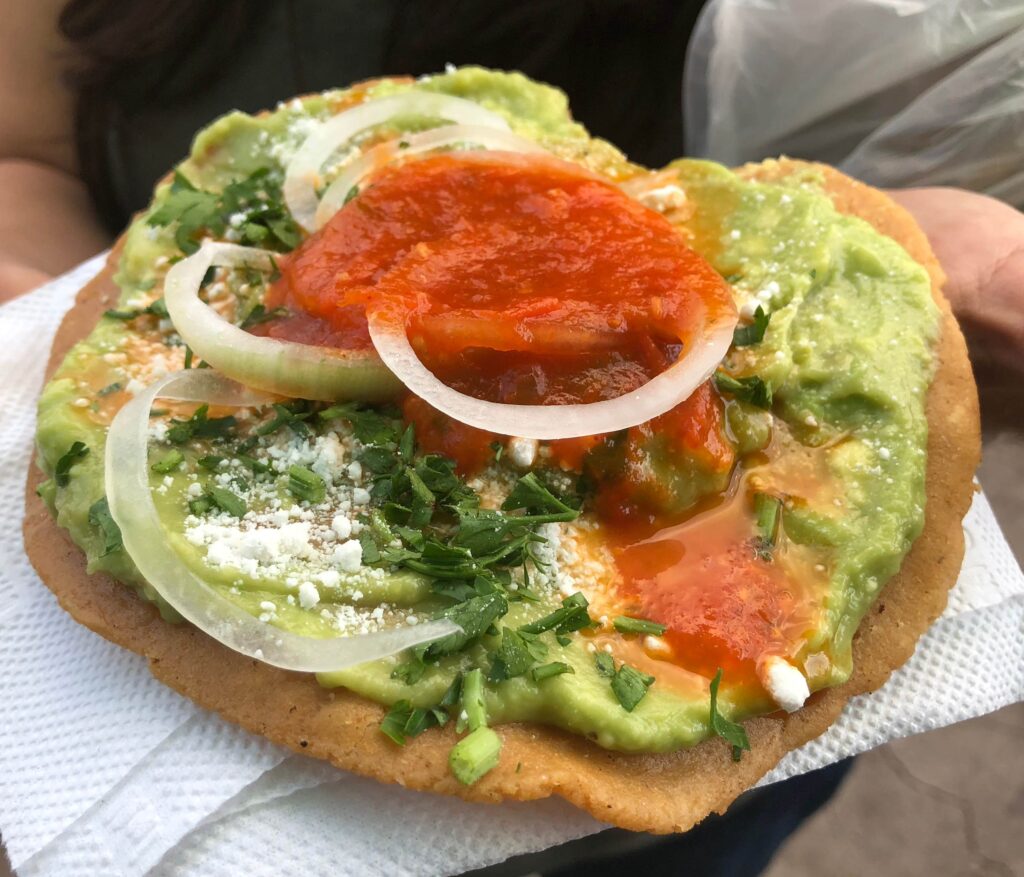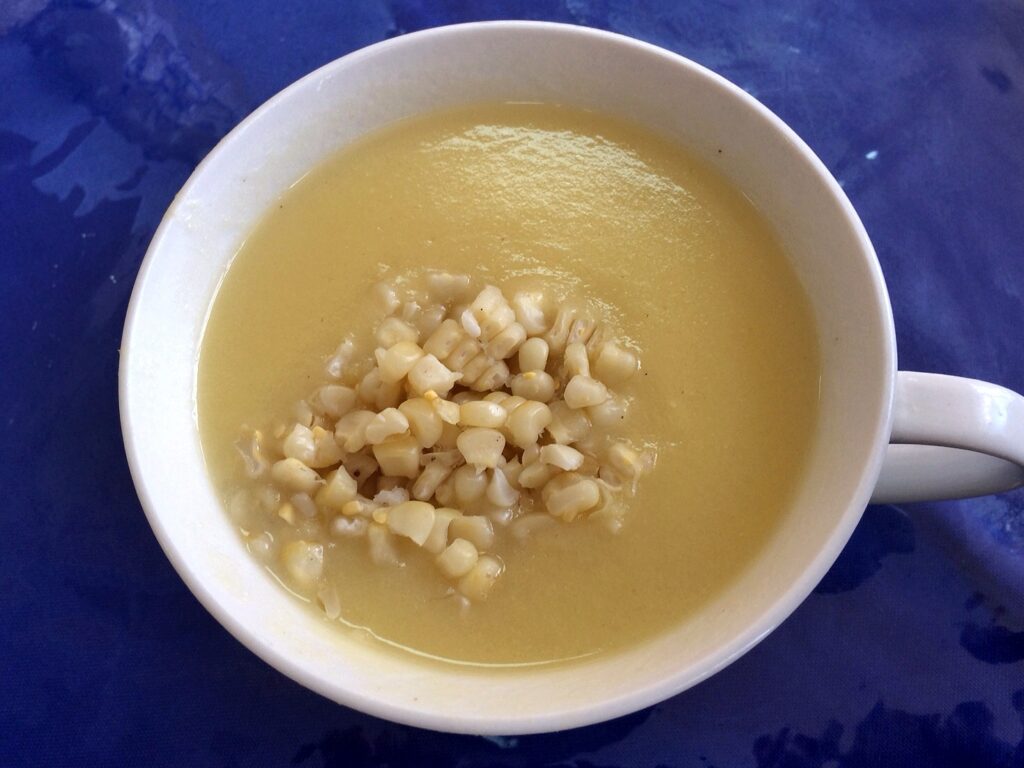Guatemalans Are Made Of Corn
Maize (corn) was and continues to be the most relevant crop within the Mayan culture. Its harvest was enough to feed the entire population of farmers and support the elite, which included warriors, writers and artists.
Maize is also cultivated in milpa, the system in which it is combined with other plants, such as beans, sweet potatoes and different kinds of chili. As you can imagine, agriculture played a significant role in the Maya’s subsistence, which is why it is said they created their famous calendar, as means of planning when to clean the land, sow and then grow what has always been a staple in their diet.
Maya religion was even conceived around crops and the deities who governed their growth and abundance. The agricultural cycle was related to astronomy with the corn representing the central axis of its worldview, this link between the plant and humans led them to consider themselves as the men of corn, as pointed out in the Popol Vuh.
The Popol Vuh is a foundational sacred narrative of the Kʼicheʼ people from long before the Spanish conquest of the Maya. It includes the Mayan creation myth, the exploits of the Hero Twins Hunahpú and Xbalanqué, and a chronicle of the Kʼicheʼ people. According to this narrative, human beings were created from maize: white corn was used for the bones, yellow corn for the muscles, black corn for the eyes and hair, and red corn for the blood.
You can understand why Guatemalans would think of themselves as ‘men (and women) of corn’. Maize – in its different forms of consumption – is still an important part of our diet, representing over 50% of our daily food intake. Maize is mainly prepared into dough (with the amount of water added to the mix creating a significant change in its use). Usually, with regular dough you can make tortillas (which can be eaten as an accompaniment for every single meal and can even be used as a sort of spoon to pick food up from the plate).

With a slightly more consistent mix, you can make tamales and tamalitos. Tamalitos, which you might assume are just smaller tamales, do use the same dough as tamales but are smaller and the leaves used to contain the mix for cooking are different, so the texture of the final product changes and can vary depending on the additional ingredients like spices, herbs and fresh seasonal herbs added. Sometimes pork chicharrón is added. When pork meat and a whole lot more tomato sauce is added, they’re called chuchitos. Some tamalitos are specially made for church celebrations like Corpus Christi, becoming a seasonal dish that can only be found during those celebrations. In some parts of the country special tamales are made for celebrations like weddings, baptisms and yes, funerals.

Regardless of where they live, corn is everywhere in the lives of the chapines – even in beverages. If you haven’t tried the famous atol de elote (with grains) or the atol blanco (made with corn dough and seasoned with black beans and chile), that should be a must in your list.
Regardless of the size and whatever might be added, tamalitos, tamales and overall everything maize related is something that can be found in most Guatemalan tables at different times of the day, not just because they are tasty, but because in some way, they define our culture, our gastronomy and our traditions.
Guatemalans are made od corn
Written and photos by Sofia Letona



